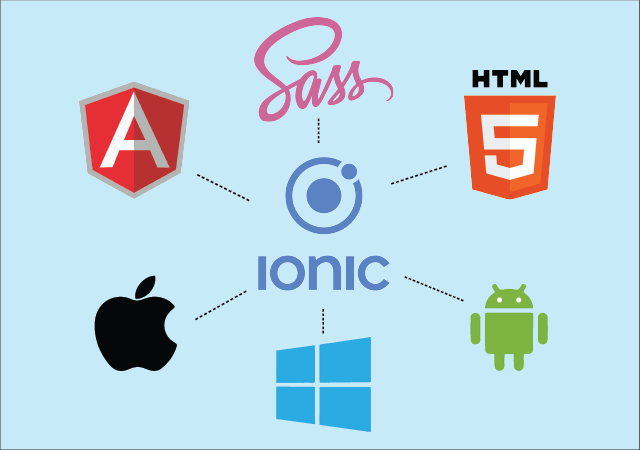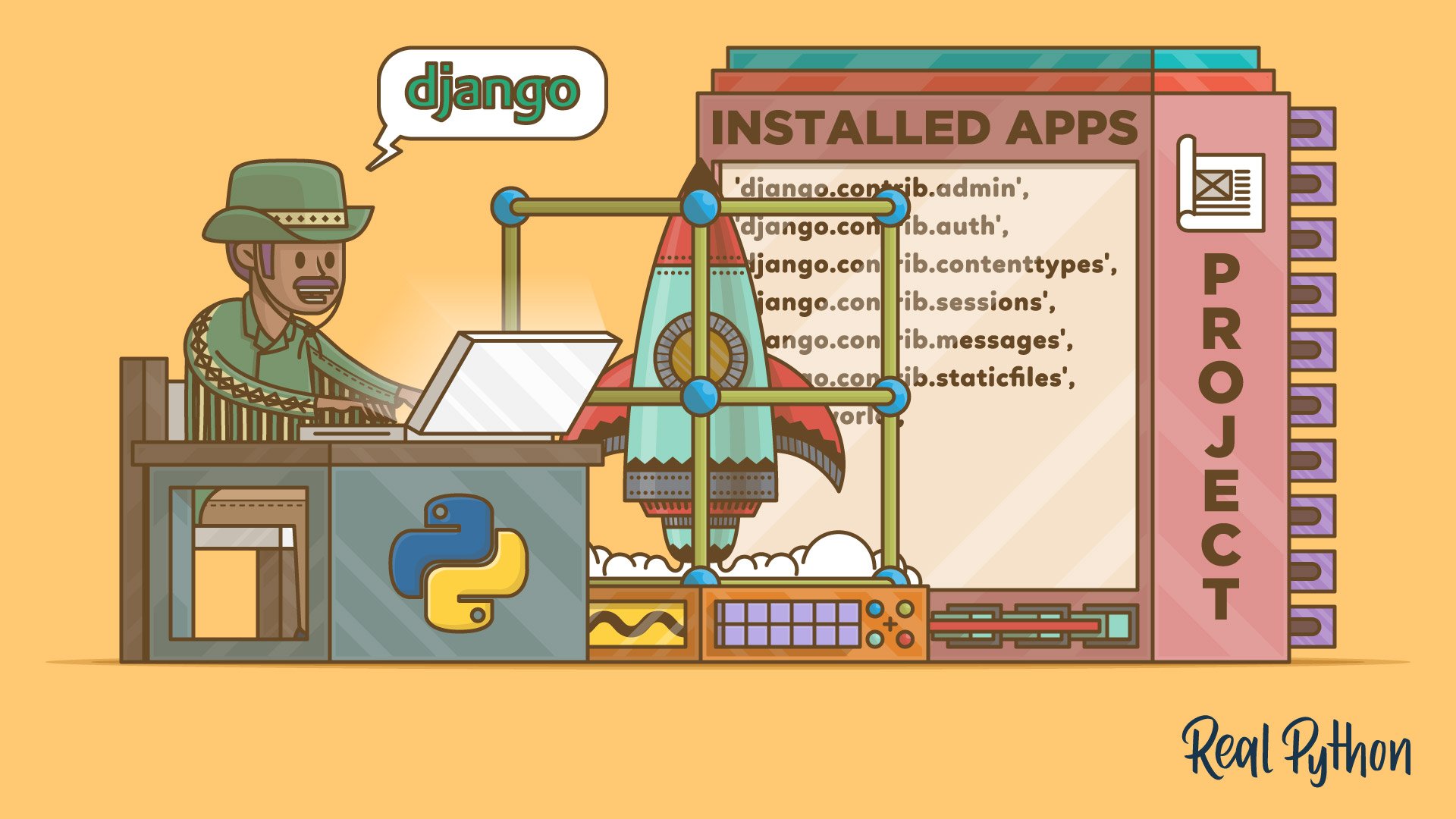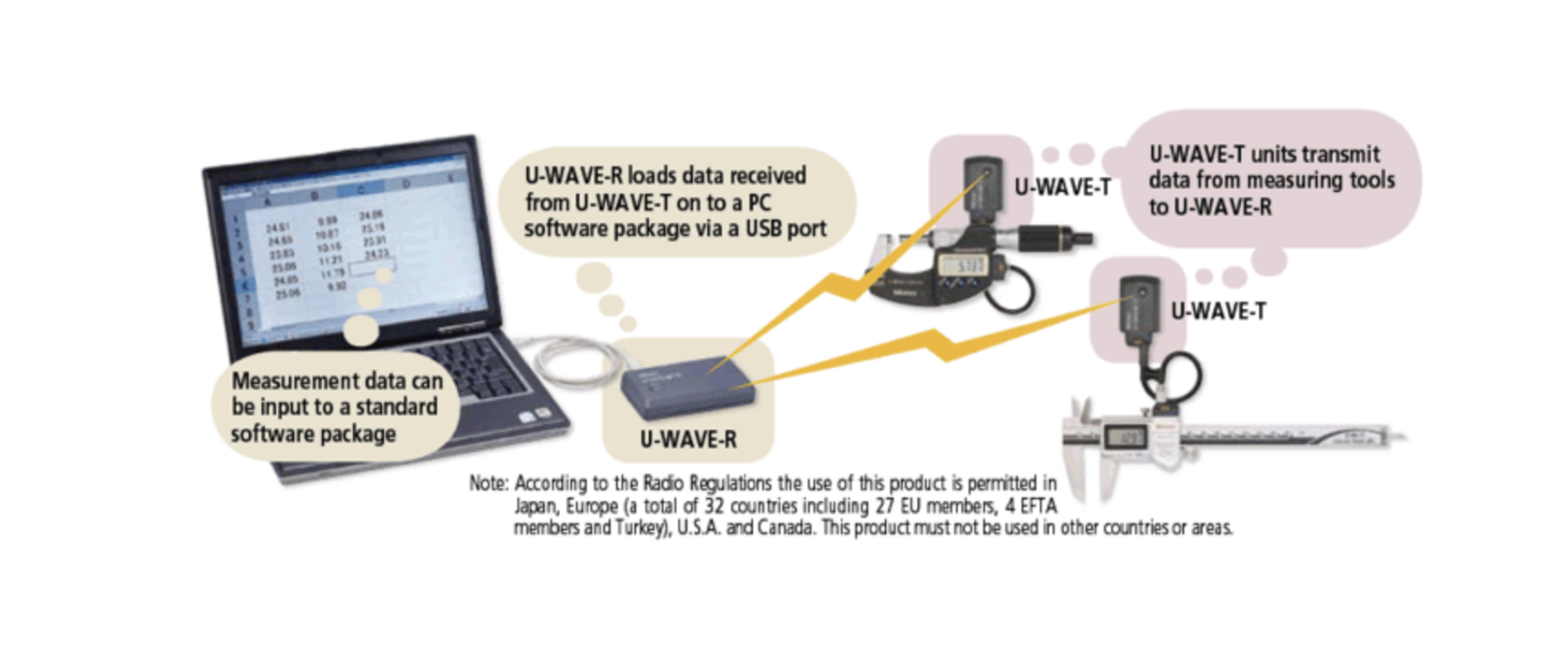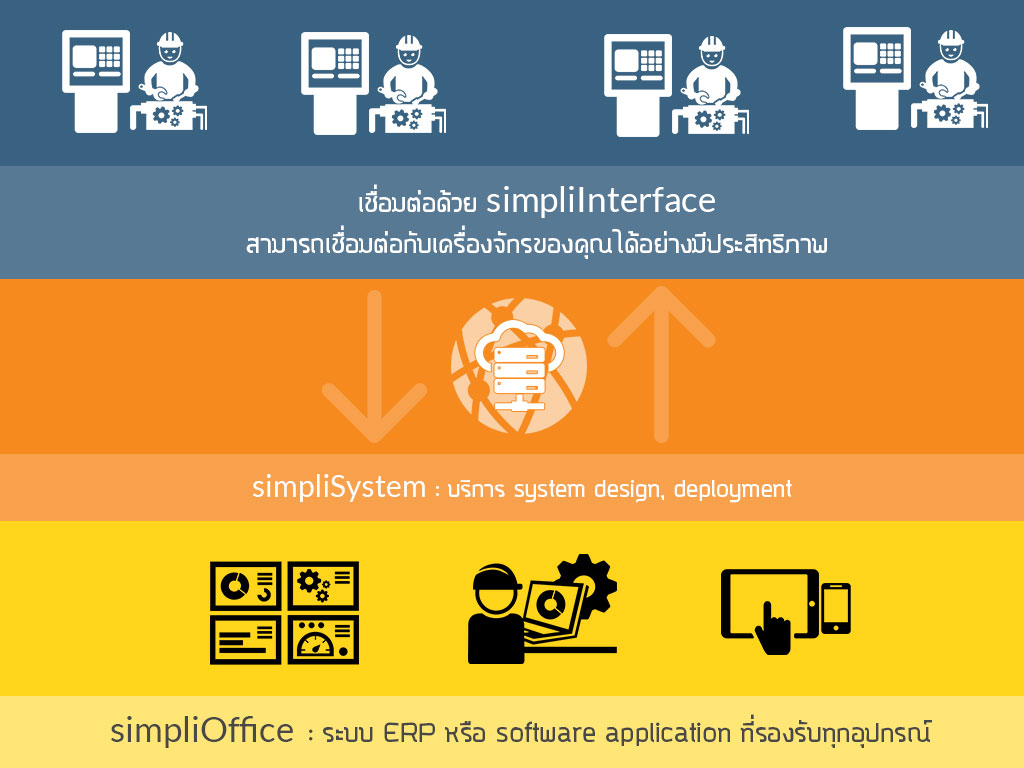🧠 How LangChain Works: A Deep Dive into the AI Framework Behind Smart Chatbots
LangChain is not just a chatbot tool — it’s an entire framework for building intelligent, data-aware, and action-enabled AI applications.
Whether you're a developer, product manager, or technical founder exploring the power of LLMs, understanding how LangChain works will unlock the ability to build far more than just Q&A bots.
In this post, we’ll break down:
- What LangChain actually is
- The core components that power it
- How data flows inside a LangChain app
- Real-world use cases
- How you can get started with LangChain today
🔍 What Is LangChain?
LangChain is an open-source framework designed to help developers build context-aware applications powered by language models (LLMs like OpenAI’s GPT, Anthropic's Claude, etc.).
What sets LangChain apart is its ability to:
- Connect LLMs to external data sources (e.g., files, APIs, databases)
- Support multi-step reasoning
- Use memory to retain context between conversations
- Chain together tools, agents, prompts, and logic into complex flows
Think of LangChain as the “backend brain” for AI agents and smart apps.
🧩 Core Components of LangChain
LangChain apps are built using modular building blocks, which you can combine depending on your needs:
1. 📦 LLMs & Chat Models
This is the foundation. LangChain supports providers like:
- OpenAI (GPT-3.5, GPT-4)
- Anthropic (Claude)
- Google (Gemini)
- HuggingFace models
You can swap models with minimal code changes.
2. 🧠 Prompt Templates
Templates for dynamically generating prompts.
from langchain.prompts import PromptTemplate
template = PromptTemplate.from_template("Translate this to French: {text}")3. 📚 Document Loaders
These help you ingest data from:
- PDFs, CSVs, Notion, websites, Google Drive, etc.
from langchain.document_loaders import PyPDFLoader
docs = PyPDFLoader("invoice.pdf").load()4. 🔍 Text Splitters
Used to chunk large documents into LLM-friendly pieces.
from langchain.text_splitter import RecursiveCharacterTextSplitter
splitter = RecursiveCharacterTextSplitter(chunk_size=500)
chunks = splitter.split_documents(docs)5. 🗂️ Vector Stores (for Retrieval)
LangChain connects to vector databases like:
- FAISS
- Chroma
- Pinecone
- Weaviate
These are used for semantic search (RAG: Retrieval-Augmented Generation).
6. 🧮 Chains
Chains are sequences of calls (prompt -> model -> output). You can build:
- Simple chains (LLM + prompt)
- Complex multi-step workflows
7. 🤖 Agents
Agents make decisions and choose tools to use based on the user query.
- Example: Ask a question → Agent decides to search Google and run math before replying.
8. 🧠 Memory
Add stateful memory to your agents or chains:
- Chat history
- Summary memory
- Conversation tokens
🔁 LangChain Data Flow (Diagram)
Here’s how a LangChain-based chatbot works behind the scenes:
flowchart TD
A["User Input"] --> B["Prompt Template"]
B --> C["LLM (OpenAI, Claude, etc.)"]
C --> D{"Need external data?"}
D -- "Yes" --> E["Vector DB / API / Document Search"]
D -- "No" --> F["Generate Answer from LLM only"]
E --> G["LangChain Tools / Agent Logic"]
F --> G
G --> H["Generate Final Response"]
H --> I["Reply to User"]This architecture allows bots to answer based on both learned model knowledge and your data.
💡 Real-World Use Cases
LangChain is being used in production to build:
- Internal knowledge base bots
- E-commerce product assistants
- Legal or policy Q&A tools
- Customer service automations
- Research assistants for teams
🛠️ How to Start Using LangChain
Getting started is easy if you're familiar with Python:
pip install langchain openaiSet up your API key, then build your first simple chain!
from langchain.chat_models import ChatOpenAI
from langchain.chains import LLMChain
from langchain.prompts import PromptTemplate
llm = ChatOpenAI()
prompt = PromptTemplate.from_template("What are 3 tips for {topic}?")
chain = LLMChain(llm=llm, prompt=prompt)
print(chain.run("remote teams"))🚀 Final Thoughts
LangChain is more than a chatbot builder — it's a toolkit for creating AI-powered reasoning systems that can read your documents, act like agents, and work across tools and APIs.
If you're building an AI application or smart assistant for your business, LangChain will be your secret weapon.
📧 Want help building a LangChain app?
Contact us at hello@simplico.net or visit https://www.simplico.net
We help companies launch intelligent AI tools — fast and securely.
Get in Touch with us
Related Posts
- 面向中国企业的系统开发:以 AI + 工作流安全集成电商与 ERP
- Global-Ready System Development for EC–ERP Integration with AI & Workflow
- 不可靠的“智能”系统所隐藏的真实成本
- The Hidden Cost of ‘Smart’ Systems That Don’t Work Reliably
- GPU vs LPU vs TPU:如何选择合适的 AI 加速器
- GPU vs LPU vs TPU: Choosing the Right AI Accelerator
- 什么是 LPU?面向中国企业的实践性解析与应用场景
- What Is an LPU? A Practical Introduction and Real‑World Applications
- 面向软件工程师的网络安全术语对照表
- Cybersecurity Terms Explained for Software Developers
- 现代网络安全监控与事件响应系统设计 基于 Wazuh、SOAR 与威胁情报的可落地架构实践
- Building a Modern Cybersecurity Monitoring & Response System. A Practical Architecture Using Wazuh, SOAR, and Threat Intelligence
- AI 时代的经典编程思想
- Classic Programming Concepts in the Age of AI
- SimpliPOSFlex. 面向真实作业现场的 POS 系统(中国市场版)
- SimpliPOSFlex. The POS Designed for Businesses Where Reality Matters
- 经典编程思维 —— 向 Kernighan & Pike 学习
- Classic Programming Thinking: What We Still Learn from Kernighan & Pike
- 在开始写代码之前:我们一定会先问客户的 5 个问题
- Before Writing Code: The 5 Questions We Always Ask Our Clients














